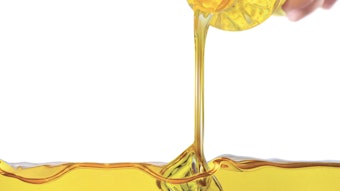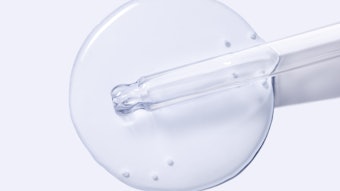
As non-invasive procedures climb in popularity, the numbers of people looking for Botox and other botulinum toxin type A injectables are along for the ride. These injections experienced a 759% bump since 2000, with 6.7 million procedures performed in 2015 alone (according to the American Society of Plastic Surgeons).
Botulinum toxin type A formulations are available from a handful of brands, including Botox, Dysport and Xeomin. The toxin itself is a neurotoxin derived from the organism clostridium botulinum. Those outside of the esthetic sphere may recognize botulinum toxin as the cause of botulism—despite this, esthetic doses are extremely small and diluted with saline, and do not pose the same risks as higher concentrations of the toxin.
Botulinum toxin type A injections experienced a 759% bump since 2000, with 6.7 million procedures performed in 2015 alone.
John Gross, M.D., FACS, and board certified plastic surgeon, shared the physiology of the toxin's effects with Skin Inc.
The Toxin
Unlike fillers, which are volumizers that inject chemical agents such as hyaluronic acid, fat or collagen underneath specific lines, botulinum toxin is injected directly into the muscles in the face. The skin does not wrinkle or settle into lines by itself—the underlying muscles are responsible. Movements and expressions in the face, such as scowling, use the muscles and fold the skin in a way that, when done repetitively, can cause the muscles to weaken.
Gross compares this movement of the muscle to a paperclip—the clip will break or weaken if it is bent or folded over time, and its original shape is lost.
Over time, treatments have the potential to have prolonged benefits.
According to Gross, “once [the toxin] is injected into the muscle, there is a process very unique to botulinum toxins,” wherein the toxin blocks the neurotransmitter bringing electrical signals from the brain to the muscles in the brow, blocking local muscle contraction.
Procedures
Toxin formulations are injected into the treatment areas—the most widely approved uses for these injections is in glabellar lines (frown lines) and crow’s feet—with a fine needle. For treatment of glabellar lines, several injections are made to the corrugator and, occasionally, nasalis muscles.
Result times vary depending on the patient—according to Gross, as a clinician his patients usually saw the onset of results within two days. The maximum effect can be seen after two weeks, after which most patients experience consistent results until the effects diminish three to four months later when wrinkles and lines become more visible as the muscle actively functions. Patient age, procedure history and sex play a role in these time frames.
“It’s not like a light switch—you don’t wake up overnight and the effect is fully there. It takes a few days at the beginning to kick in,” said Gross.
“It’s not like a light switch—you don’t wake up overnight and the effect is fully there. It takes a few days at the beginning to kick in." —John Gross, M.D., FACS
Over time, treatments have the potential to have prolonged benefits, with patients coming in for procedures twice a year instead of every several months, since, as Gross observed as a clinician, “when the muscle stays inactive for months and doesn’t cause the skin on top to be folded repetitively, you have less aging influence, or less dynamic development of lines or wrinkles, because of the relaxation of that muscle.”
Typical side effects after injections are redness and puffiness to the skin near the injection site. The needle itself causes minor trauma to the skin, while the puffiness is a result of the saline adding temporary volume to the area.
“If I injected botulinum toxin into one side of your brow, and just saline into the other side, in the early period after the injection you couldn’t tell the difference,” said Gross. “They would look very similar—it’s really from the injection, not the toxin.”










